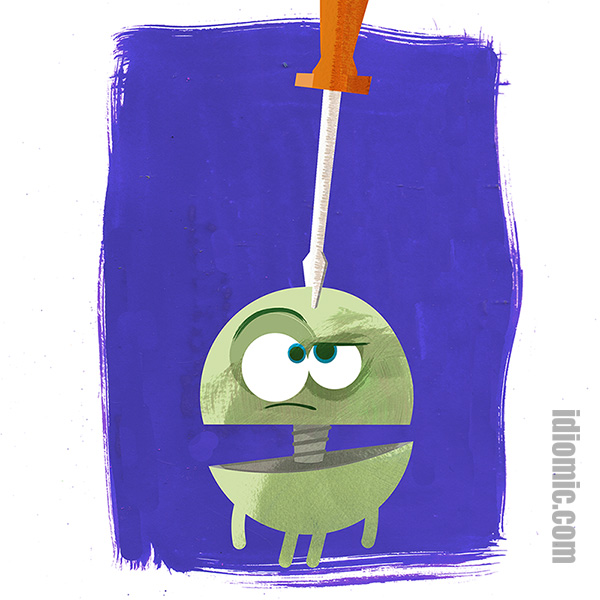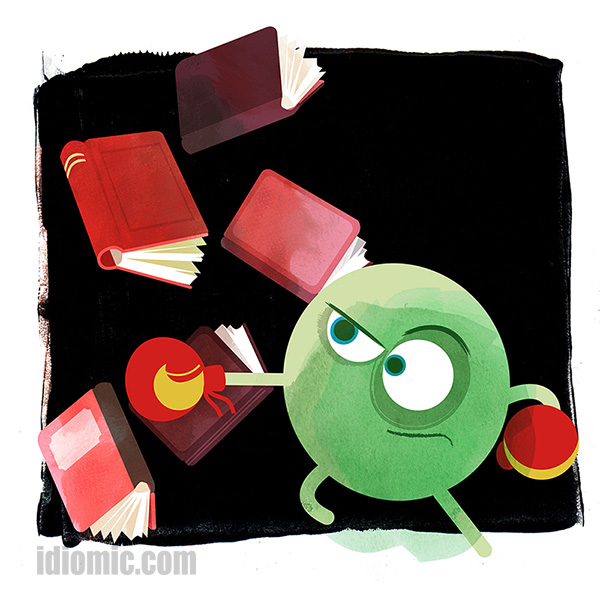 Definition: Return to the start
Definition: Return to the start
Example: After his homemade computer exploded and burnt the house down, Harry decided he needed to go back to square one.
Origin:
There are three common theories as to the origin of back to square one. All have some validity, but none are 100% accepted. Here they are:
a) BBC football coverage
In the 1920s, football (or soccer to those in America) matches were broadcast by radio. To help the listener picture the progress of the game, the pitch was divided up into 8 squares. The listeners had diagrams of the pitch which showed the corresponding squares, so they could follow the action as the commentator called out the location of the action. Sounds great. However, there are some issues. Firstly, nobody seems to have ever broadcast the phrase on air. Secondly, square one is to the left of one goal and doesn’t correspond to any form of starting over. Thirdly, the adoption of the phrase into common language seems to appear 25 years after the BBC stopped using this system. Plus, the squares were actually rectangles.
b) Snakes and ladders
This one seems to be a no-brainer. Those of us of a certain age have all played that board game. Roll the dice. Move to a numbered square. Go up the ladder. Slide down the snake. Going back to square one seems to be plain and simple. However, snakes and ladders boards don’t feature a snake leading back to the first square. Traditionally, the start is kept clear of snakes and ladders.
c) Hopscotch
Another game. More squares. Eight or ten squares to be precise, numbered in sequence. There are indeed options in Hopscotch to return to the first square. What doesn’t ring true for this explanation is that Hopscotch has been around since the seventeenth century and the idiom can’t be found in print until 1952.
Choose an origin to your liking. Or make up one of your own. This one is not going to be solved anytime soon.



